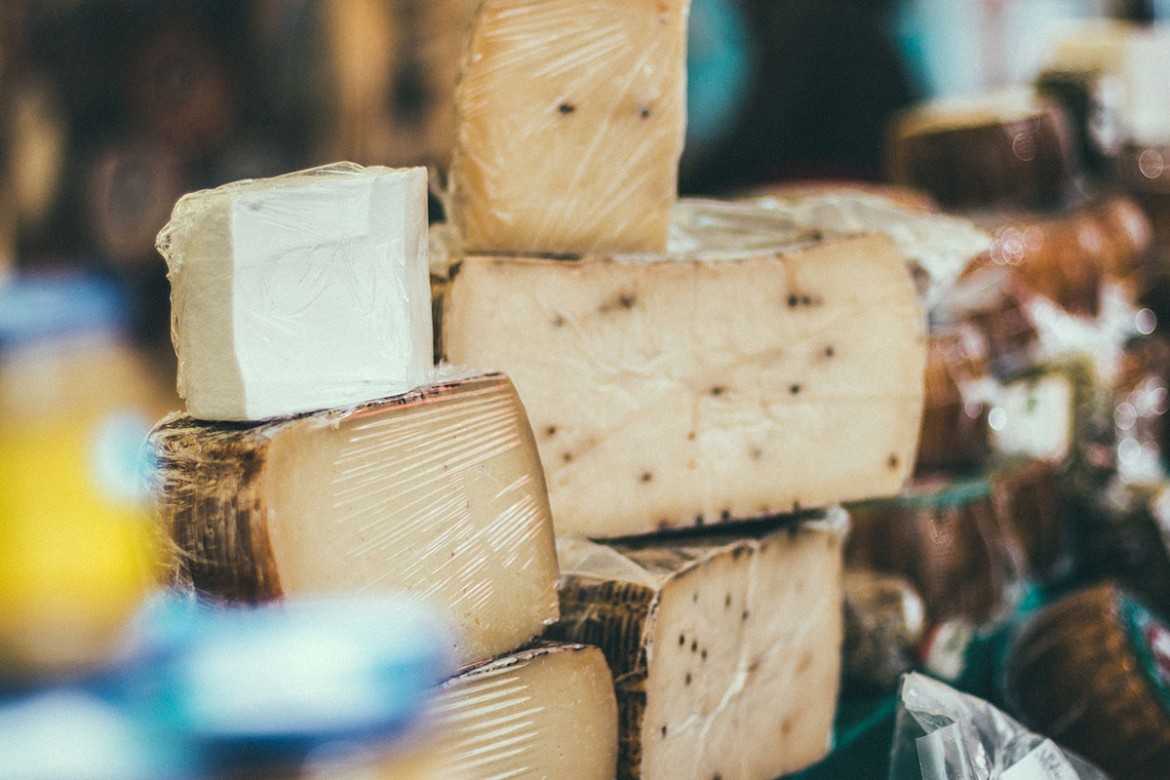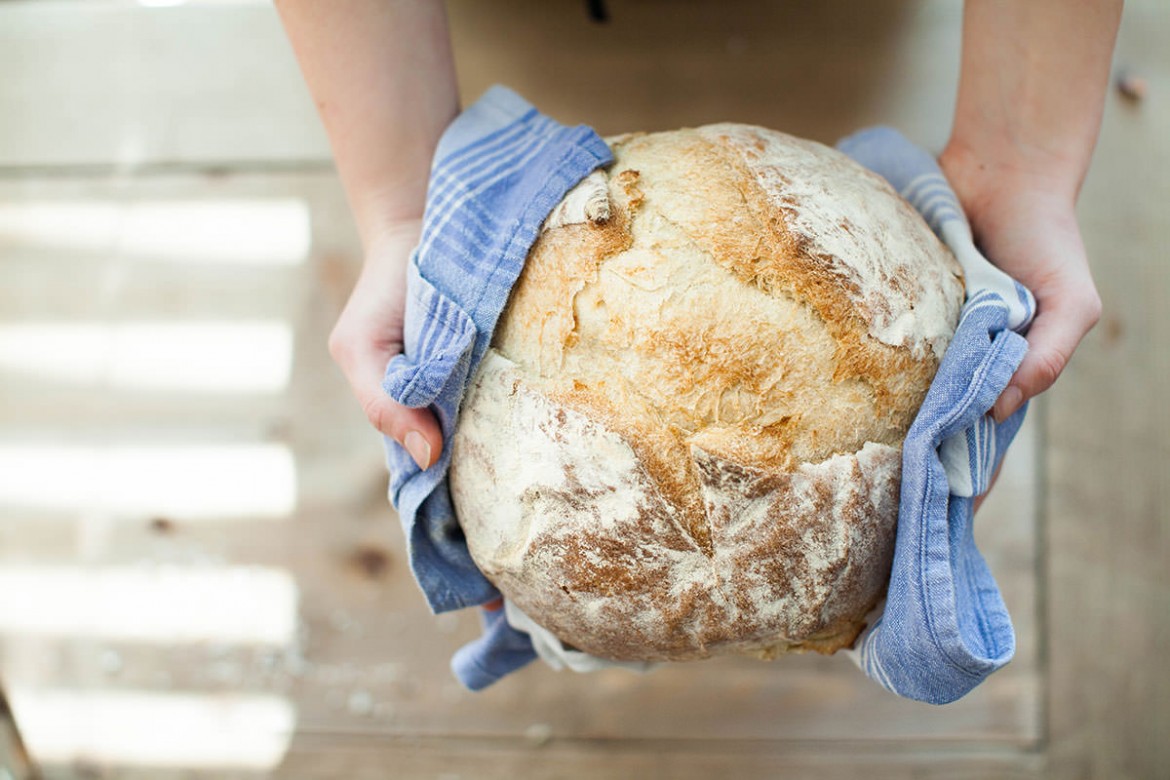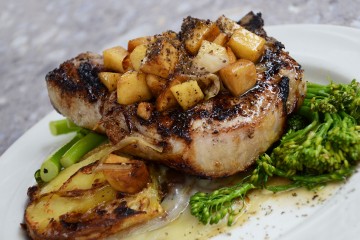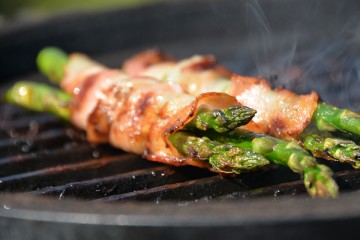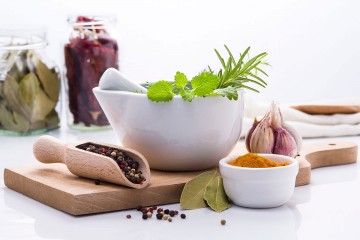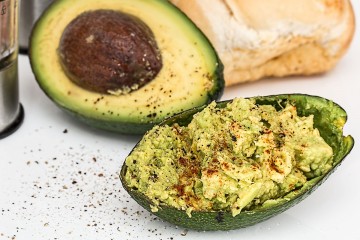Pork is the most popular meat in East and Southeast Asia, and is also very common in the Western world. It is highly prized in Asian cuisines for its fat content and pleasant texture. The religions of Judaism and Islam, as well as some Christian denominations, forbid pork consumption; the sale of pork is illegal in many Muslim countries, particularly in those with sharia law as part of the constitution, and is severely restricted in Israel.
Pork is the most widely eaten meat in the world, accounting for about 38% of meat production worldwide, although consumption varies widely from place to place.
Asparagus is very popular in the Netherlands, Spain, France, Poland, Belgium, Germany, Austria, Turkey, Italy and Switzerland, and is almost exclusively white; if not, it is specified by the local language term for “green asparagus”. White asparagus is the result of applying a blanching technique while the asparagus shoots are growing. Compared to green asparagus, the locally cultivated so-called “white gold” or “edible ivory” asparagus, also referred to as “the royal vegetable”
Only seasonally on the menu, asparagus dishes are advertised outside many restaurants, usually from late April to June
For the French style, asparagus is often boiled or steamed and served with hollandaise sauce, melted butter or olive oil, Parmesan cheese or mayonnaise. Tall, narrow asparagus cooking pots allow the shoots to be steamed gently, their tips staying out of the water.
During the German Spargelsaison or Spargelzeit (“asparagus season” or “asparagus time”), the asparagus season that traditionally finishes on 24 June, roadside stands and open-air markets sell about half of the country’s white asparagus consumption

